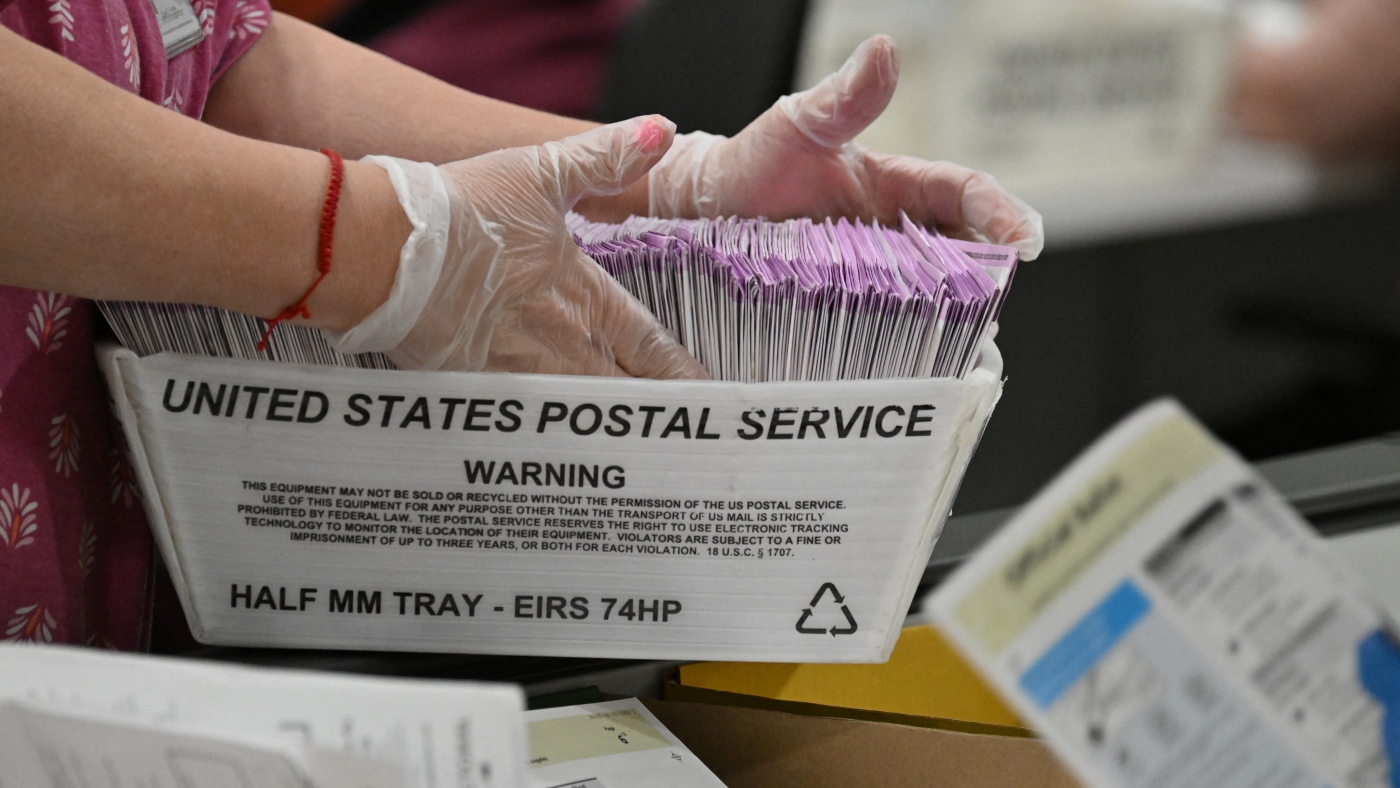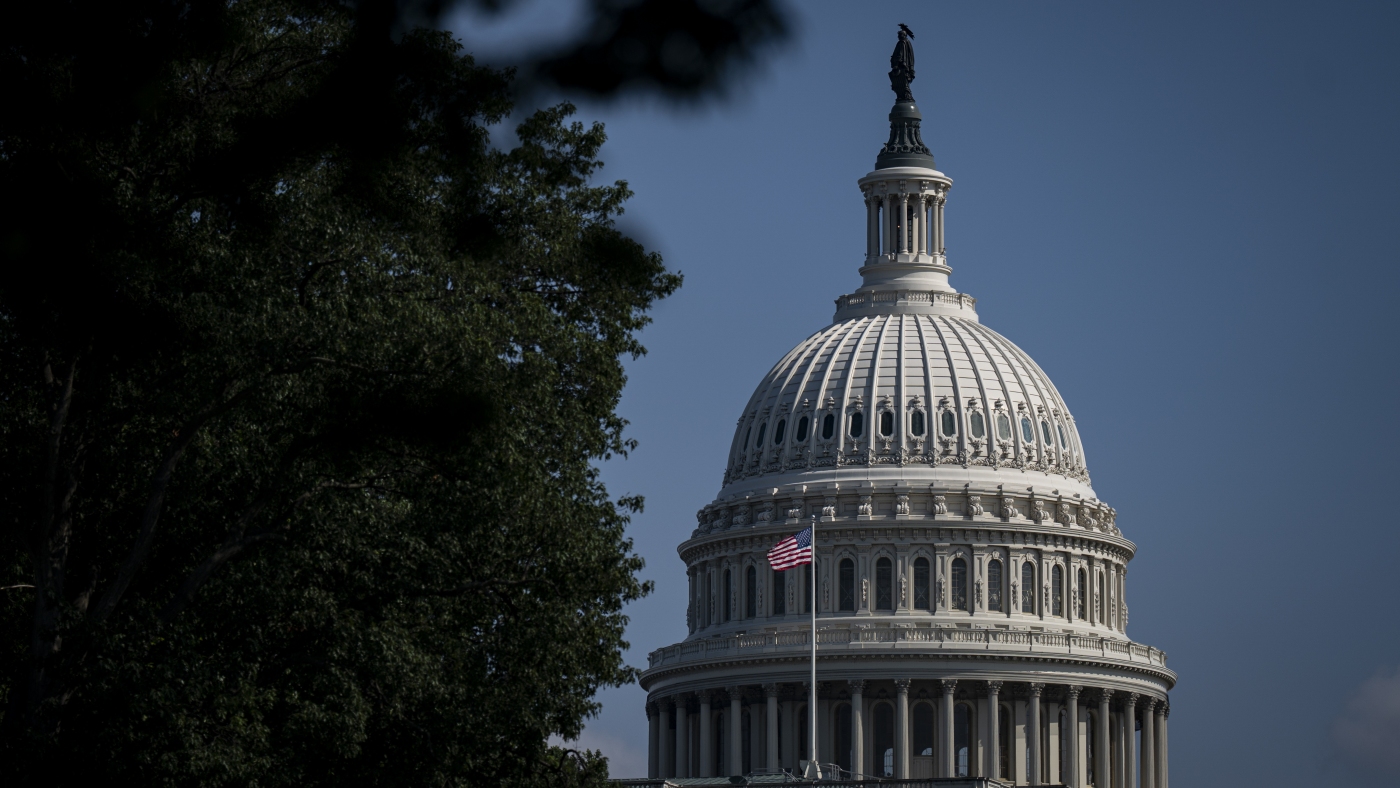This article was produced for ProPublica’s Local Reporting Network in partnership with New York Focus, an investigative news outlet reporting on New York. Sign up for Dispatches to get our stories in your inbox every week, and sign up for New York Focus’ newsletter here.
Hotels have long been considered a last resort for sheltering people who’ve lost their housing. But over the past few years, they’ve become New York’s predominant response to homelessness outside New York City, a recent investigation by New York Focus and ProPublica found.
Social services agencies across the state now place nearly half of all individuals and families seeking shelter in hotels. Yet those placed in hotels often go without services that they’re supposed to receive in shelters, such as meals, help finding housing and sometimes child care so they can look for work.
The growing reliance on hotels has been driven by soaring rent, shelter closures and a spike in evictions that followed a moratorium during the COVID-19 pandemic.
The state Office of Temporary and Disability Assistance has known about the problem for years and even put rules to address the issue on its regulatory agenda. But the agency has failed to formally propose the rules or come up with a way to ensure people receive services they need.
Here are five charts to explain our investigation.
The number of families and individuals placed in hotels doubled in the two years following the end of New York’s eviction moratorium in 2022. As the population in hotels shot up, so did the bill. Over that period, spending on hotels outside of New York City more than tripled to $110 million.
OTDA oversees the state’s county-run social services districts. The agency’s commissioner, Barbara Guinn, said that it prefers that counties use shelters, but that there aren’t enough beds for everyone who needs one. She said that the agency hadn’t studied the growth in hotel use.
Despite the growth in spending, families placed in hotels aren’t promised the same services as people in shelters. New York requires family shelters to provide services like child care, assistance finding housing and three meals a day. But the regulations generally exempt hotels.
There’s an exception: A hotel is supposed to be considered a shelter if it “primarily” serves temporary housing recipients. OTDA spokesperson Anthony Farmer said that the agency interprets “primarily” to mean “exclusively, or almost exclusively,” and that no hotels currently meet that standard. An analysis of the agency’s data by New York Focus and ProPublica found that welfare recipients made up over half of the capacity for at least 16 hotels during fiscal year 2024.
Guinn said that social services offices have to work within the confines of what hotel owners will allow, and that counties try to provide services off-site.
Not only are more people being placed in the hotels, but they are staying for much longer periods. The number of families and individuals spending at least six months out of the year in hotels nearly tripled from 2022 to 2024.
The lack of services leads to people getting stuck in the system, creating a snowball effect, said Steve Berg, chief policy officer for the National Alliance to End Homelessness.
“It’s this expanding problem,” he said. “A good shelter should be housing-focused. If they don’t have a pretty substantial effort to move people quickly back into housing and provide the services that are necessary to do that, the shelters quickly fill up, and then they just need more shelters.”
Farmer said via email that a lack of affordable housing contributes to the longer stays, and that counties can use other funding to help people move back into permanent housing.
Many hotels are charging rates higher than rent for permanent housing.
The news organizations found that the overwhelming majority of hotel payments exceeded fair market rent for a two-bedroom apartment in the same county. (Fair market rent is defined by the U.S. Department of Housing and Urban Development as the 40th percentile of rent plus utilities in the local housing market.) The rates charged were often more than twice that.
“We’re forced to rent hotel rooms across the state, and the operators of these places understand that,” said state Sen. Roxanne Persaud, a Democrat and chair of the chamber’s Social Services Committee. “The municipalities’ backs are against the wall. And so they must place the unhoused person or persons somewhere. And so that’s why you see the cost is skyrocketing, because people understand that it’s an easy way to make money off the government.”
New York Focus and ProPublica found numerous examples of families with children living in sordid and dangerous conditions. Roaches, mold, broken windows and filthy linens were common. Some hotels were subject to over a hundred emergency calls a year for assaults, robberies, mental health crises, overdoses and other incidents.
Hotels sheltering homeless families are supposed to be inspected every six months by their county’s social services office. Yet data obtained from OTDA shows that many wind up behind schedule. As of October, about 40% of hotels were either out of date on their inspection or didn’t have one listed.
Farmer, the OTDA spokesperson, said that nearly all hotels were inspected within a year, and that some had stopped accepting welfare recipients.
Guinn, the commissioner, said that OTDA will formally propose rules this year clarifying that people in hotels must receive the same services as they would receive in shelters. She also said her agency will increase oversight of how social services offices are delivering those services.















